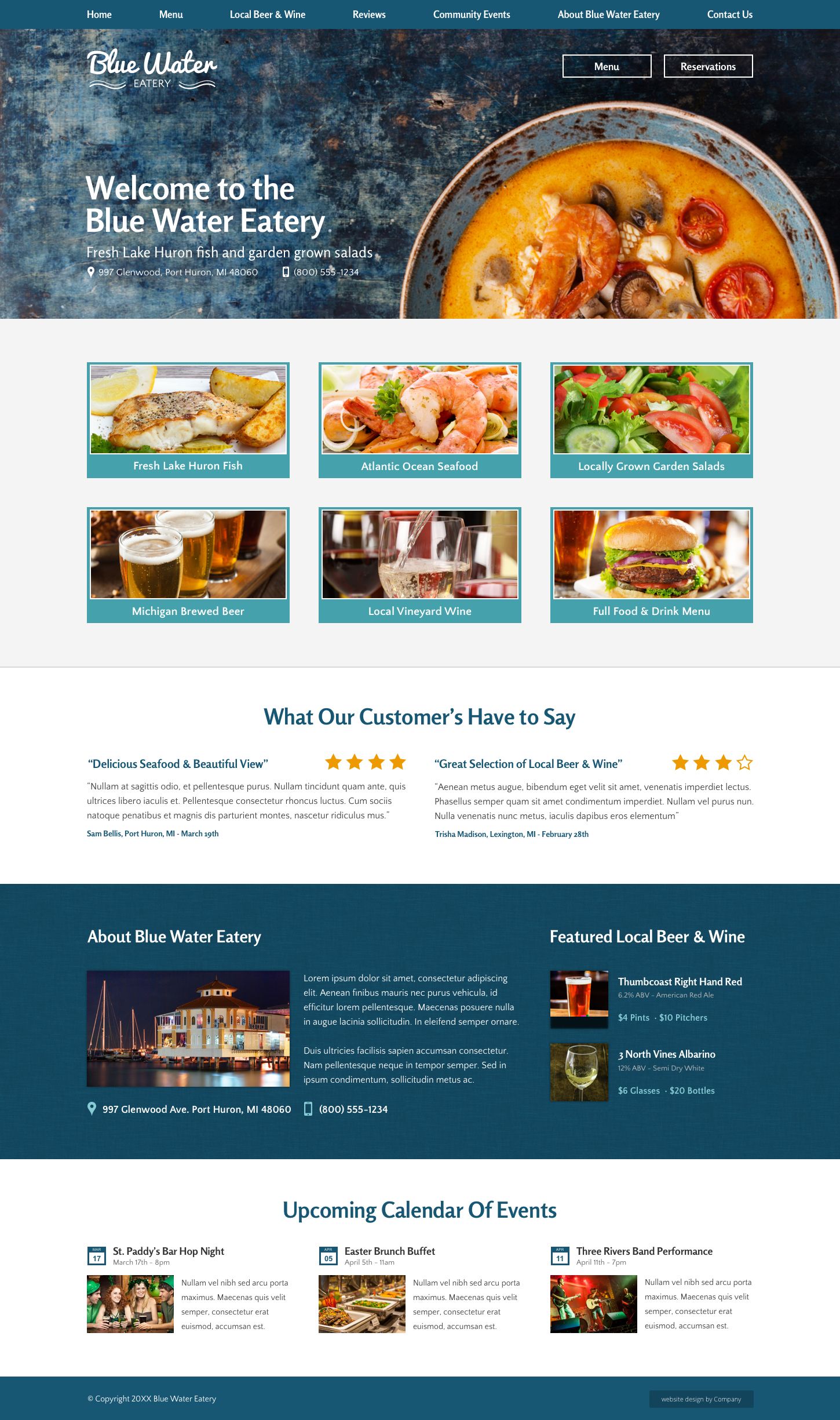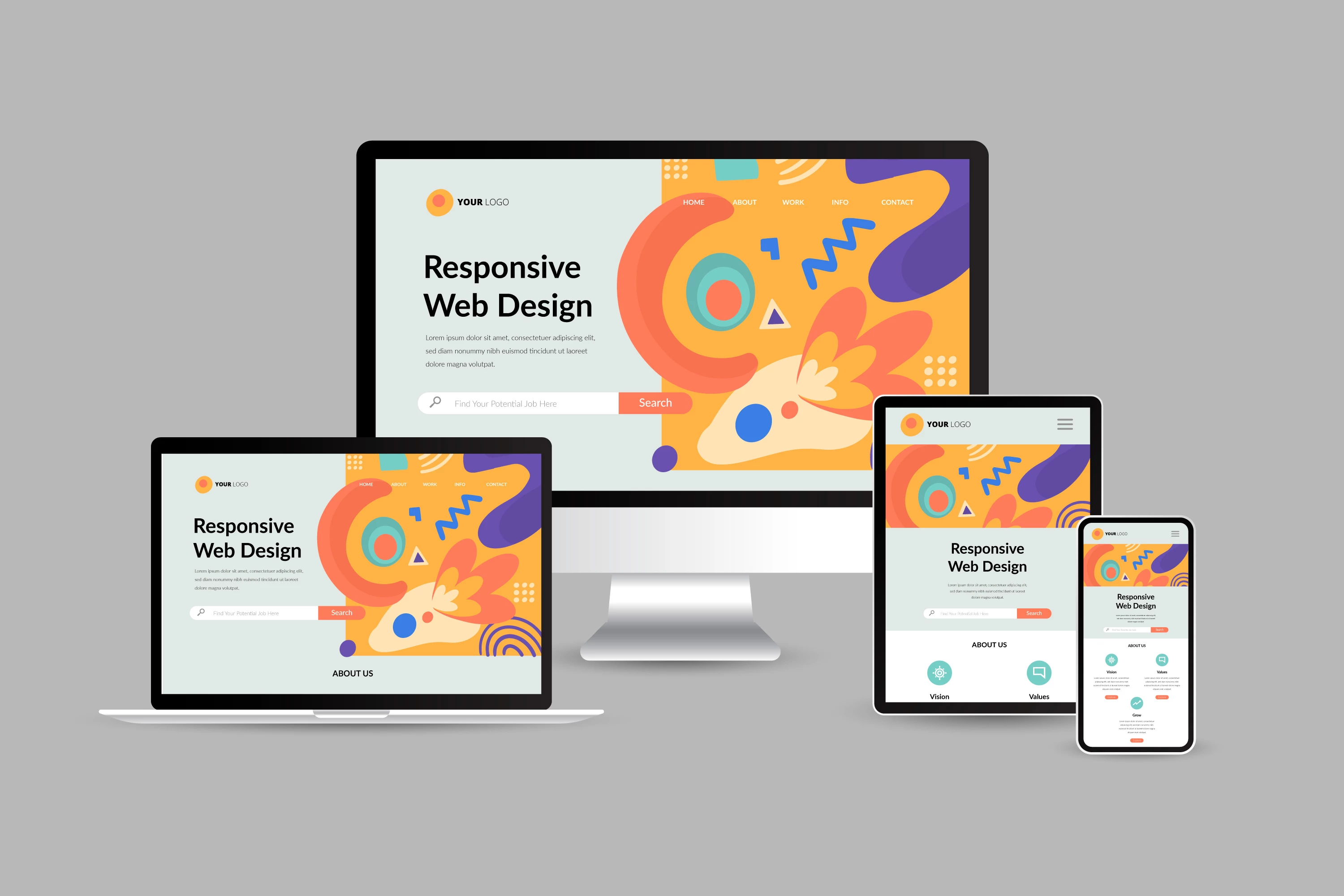Why Every Organization Demands a Solid Website Design for Online Presence
Why Every Organization Demands a Solid Website Design for Online Presence
Blog Article
Key Techniques for Executing User-Centric Internet Site Layout to Boost Involvement
When thinking about the execution of user-centric internet site layout, particular strategies contribute in improving involvement. Extensive research study into individual requirements and preferences creates the foundation, directing the production of individual personas to notify design selections. Intuitive navigation and receptive user interfaces are essential, making certain convenience of accessibility throughout all gadgets. Meanwhile, individualizing material boosts customer complete satisfaction, and robust accessibility features expand reach. These strategies collectively promote a more purposeful online experience. How do these aspects come together effectively, and what practical steps can be taken to ensure their effective assimilation?
Recognizing User Demands
Recognizing user demands is a fundamental action in the process of user-centric web site design. This technique makes sure that the internet site lines up with the expectations and requirements of its target market, ultimately leading to enhanced user satisfaction and involvement. The first phase includes conducting thorough study to gather insights right into customer actions, choices, and discomfort factors. Strategies such as studies, interviews, and individual testing can offer beneficial qualitative and measurable data about how individuals interact with the website.
Examining this information permits developers to produce in-depth individual identities that represent the various sectors of the target audience. These identities aid inform design decisions by highlighting details individual goals and challenges, assisting the growth of features that attend to these needs properly. Understanding the context in which customers run-- such as their atmosphere, tool preferences, and time constraints-- can additionally improve the style approach.
Empathy plays an essential duty in this process, allowing designers to see the internet site from the user's viewpoint. By prioritizing user requirements, the style process comes to be extra focused, avoiding the incorporation of unnecessary elements that could clutter the user experience. Eventually, a deep understanding of individual needs contributes in crafting a site that is both functional and significant.
Creating Instinctive Navigating
Having established an extensive understanding of customer demands, the following action in user-centric site style involves producing instinctive navigation. Efficient navigating is fundamental to user complete satisfaction, affecting how quickly users can locate information and full jobs. To achieve intuitive navigation, developers have to prioritize simplicity and clearness, making certain that the navigating framework is consistent and sensible throughout the site.
Organizing content into a clear power structure is critical. Website Design. Using acquainted tags and symbols can direct users effortlessly, lowering cognitive tons and boosting the total customer experience. A well-designed navigation bar should be plainly put, permitting users to recognize their existing place and conveniently discover other sections of the internet site
It is additionally crucial to include interactive aspects such as breadcrumbs and search functionalities to assist individuals in navigating complicated sites. These attributes provide extra pathways and boost the access of web content, providing to various customer choices and actions.
Examining navigation with genuine customers is important to identify prospective pain factors and make certain capability lines up with user assumptions. Routine comments loops and iterative improvements can help keep an efficient navigating system that adjusts to progressing customer requirements, ultimately increasing involvement and fulfillment.
Developing Responsive User Interfaces
Usually, creating receptive interfaces is a critical aspect of modern internet style, making sure that web sites are practical and available throughout a plethora of devices and display dimensions (Website Design). This adaptability is important in a landscape where individuals accessibility content using smartphones, tablets, laptops, and desktops, each with varying alignments and resolutions. The key goal of responsive style is to improve individual experience by keeping optimum readability and use, regardless of the tool used
To achieve this, internet developers utilize flexible grid layouts, liquid pictures, and CSS media queries. Versatile grids permit internet site components to resize proportionally, while fluid images guarantee visuals scale appropriately without shedding top quality. Media queries play an essential duty by using different designs based on the device's attributes, such as elevation, orientation, and size, hence tailoring the design to the individual's display.
Furthermore, responsive user interfaces add to improved search engine optimization (SEARCH ENGINE OPTIMIZATION) by using a seamless user experience, which consequently can decrease bounce rates and increase website engagement. In summary, embracing responsive design is not just a technological consideration but a vital approach for fostering a user-centric web environment that fulfills the needs of a varied target market.

Individualizing Material Experience
Individualizing material experience is a critical part of user-centric website style that includes tailoring web content to satisfy the one-of-a-kind preferences and habits of individual customers. This method not only boosts customer contentment however additionally promotes much deeper involvement, as site visitors are a lot more likely to engage with web content that reverberates with their rate of interests and needs. By leveraging information analytics and individual responses, companies can recognize patterns and patterns that educate the customization of internet material.
Including personalization approaches can vary from simple modifications, such as advising items based on searching background, to more innovative strategies like vibrant material that adapts in real-time to a user's interactions. Personalized touchdown pages can considerably boost conversion rates by giving click for more info customers with relevant details and uses that align with their previous tasks and preferences.
Furthermore, utilizing expert system and artificial intelligence can even more fine-tune material personalization by constantly gaining from user actions and adapting to emerging patterns. This not only improves the customer's trip but additionally builds brand commitment, as customers really feel recognized and valued. Ultimately, personalizing the web content experience is an essential method for businesses aiming to produce an extra engaging and meaningful interaction with their target market.
Enhancing Availability Attributes
Enhancing ease of access functions is an essential facet of user-centric site layout, ensuring that digital material is functional by everyone, consisting image source of people with disabilities. This strategy not only abides by legal standards such as the Americans with Disabilities Act (ADA) and the Web Content Ease Of Access Guidelines (WCAG) but also dramatically widens a site's audience reach. By integrating attributes like key-board navigating, display viewers compatibility, and alternate message for images, web sites come to be extra comprehensive, providing a smooth experience for users with visual, acoustic, or electric motor disabilities.
Incorporating receptive layout elements is important, facilitating gain access to on various gadgets and display sizes, therefore fitting customers with various preferences and requirements. Comparison ratios and text dimension modifications can enhance readability for people with visual difficulties. Providing succinct and clear web content structure, such as listings and headings, help understanding and navigating, especially for individuals with cognitive impairments.
Routine ease of access audits should be carried out to determine and fix potential barriers, making certain continued conformity and usability. By focusing on accessibility, businesses not only foster inclusivity however additionally enhance total customer interaction and satisfaction, eventually driving greater conversion prices and enhancing brand name loyalty.

Final Thought
Integrating user-centric style techniques dramatically improves site involvement by prioritizing the requirements and preferences of customers. Comprehensive study promotes the creation of individual identities, assisting targeted style choices. User-friendly navigating and receptive user interfaces improve usability and access throughout tools. Personalizing web content based upon customer actions increases satisfaction, while robust accessibility features broaden target market reach. Jointly, these techniques produce a significant on-line experience, fostering much deeper involvement and interaction with the internet site.
Complete research study into individual demands and preferences forms the foundation, leading the production of individual personas to inform style options. Methods such as surveys, interviews, and user screening can give important qualitative and measurable information regarding exactly how individuals communicate with the internet site.
By focusing on user needs, the style process comes to be more focused, protecting Our site against the addition of unneeded aspects that can clutter the user experience. Effective navigating is fundamental to individual satisfaction, affecting exactly how conveniently individuals can find details and full jobs. The usage of acquainted tags and symbols can direct customers easily, decreasing cognitive tons and enhancing the overall customer experience.
Report this page